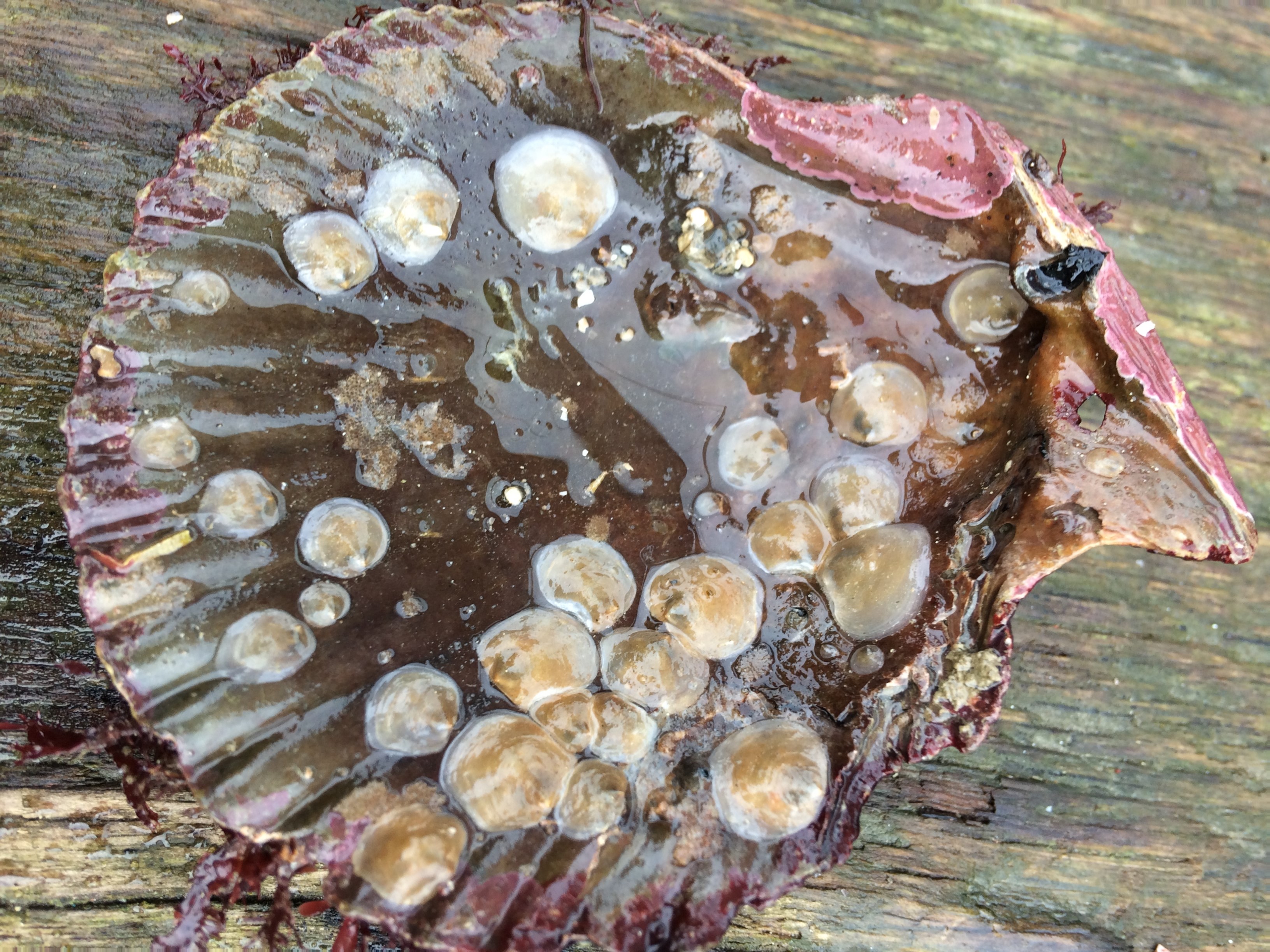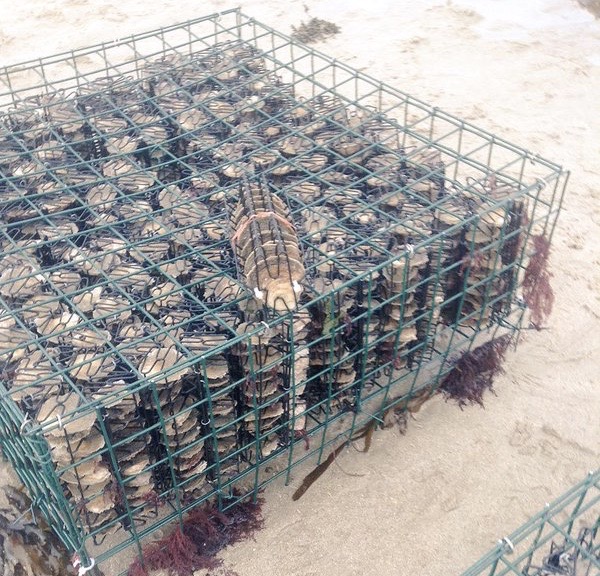What is the UK Seafood Innovation Fund?
The £10 million UK Seafood Innovation Fund will support the UK’s fishing, aquaculture and seafood industries to deliver cutting-edge technology and innovation. By supporting ambitious projects with a long-term view, the fund aims to kick-start a step-change in the productivity and sustainability of UK seafood into the future.
Running for three years, this programme administered by the Centre for Environment, Fisheries and Aquaculture Science (Cefas), will share regular calls for applications, offering interested collaborators the chance to bid for up to £50,000 for feasibility studies, or up to £250,000 for full R&D projects.
The programme will support projects that aim to deliver longer-term, cutting-edge innovation across the seafood sector and supply chain. It will also support projects that will take innovative ideas from early-stage research to commercial viability.
From experts in the seafood space – cutting-edge businesses within the fishing, aquaculture and seafood processing sectors – to innovative thinkers in tech, engineering, data science and app development, let’s innovate together.
Who can apply?
The UK Seafood Innovation Fund will run open competitions, and welcomes applications from both inside and outside of the seafood sector. Your idea, technology or product must benefit the sustainability and/or productivity of the UK seafood industry.
The fund is open to all organisations within the EU who have an innovative idea meeting the objectives of the fund. EU organisations can apply as a project lead, or can be part of an application as a subcontractor. Collaborative projects including both seafood sector experts and technology businesses are encouraged.
For more information on whether you are eligible to apply for the UK Seafood Innovation Fund, please read ‘Am I Eligible?’ on our FAQs page.
What is disruptive innovation & technology?
The UK Seafood Innovation Fund is particularly keen to hear from applicants bringing novel innovation and technology to disrupt the seafood sector. These ‘disruptive innovations’ should bring techniques, skills and processes that can improve on current practices and bring significant benefit to the sector.
Disruptive innovations may have the potential to be scaled up and could be applicable to any part of the seafood supply chain – from boat or farm to plate.
If you have an idea and want to check if it is in scope for the UK Seafood Innovation Fund, please feel free to contact us.
Examples of disruptive innovation may include, but are not limited to:
AQUACULTURE
Innovations in feed, biotechnology, health, robotics, logistics, storage.
WILD CATCH FISHERIES
Innovations in gear, bycatch reduction, improving catch recordings, logistics, storage, transport.
PROCESSING
Innovations in robotics, logistics, traceability, packaging, storage.
DISTRIBUTION
Innovations in logistics, traceability, packaging, supermarket storage, selling point tools.
HARVESTING
Innovations in fishing gear around target catch, bycatch avoidance and selectivity, monitoring and reporting of harvesting activity.
FINAL CLIENT
New, intuitive tools for making decisions on purchase or consumption.
CROSS-CHANNEL TECHNOLOGIES
Innovations in traceability, Blockchain, artificial intelligence (AI), deep learning, satellite technologies, big data and marketing tools.
SAFETY AND WELFARE
Innovations leading to better working conditions for fishers and fish-farmers, or that lead to higher welfare for animals within the supply chain.
CLIMATE CHANGE
In the context of the UK Government declaring a ‘climate emergency’, innovations are required that reduce carbon impacts of aquaculture and fishing, accelerate or enhance best practice in this area, and effectively raise awareness of low-carbon options already available.
The UK Seafood Innovation Fund is also looking to hear from applicants with ideas about how to apply existing technology from other sectors into the seafood sphere. These ‘disruptive technologies’ already exist in other, unrelated sectors. Relevant applications to the UK Seafood Innovation Fund must outline how disruptive technologies could be applied to deliver innovation and benefits to any aspect of the seafood sphere.
Identification and development of disruptive technologies may require:
- ‘Outsider’ perspectives and input.
- Forging new connections between businesses and sectors, making it clear where economic and environmental opportunities lie.
- Collaborative working.
- Our Steering Group
Comprising representatives from the fisheries, aquaculture, academic, regulatory and innovation sectors, the Steering Group provides invaluable advice to ensure that the UK Seafood Innovation Fund supports a breadth of innovative projects. The Steering Group meets regularly to keep abreast with the fund’s progress.
The Steering Group also has a crucial role in reviewing applications to the fund. Once the group reaches consensus, they make recommendations to the UK Seafood Innovation Fund Executive Board about which projects should receive funding.
Meet our Steering Group.
Are you ready to apply to the UK Seafood Innovation Fund?
Read through our FAQs page to find out how to apply.
HOW TO APPLY.
































































